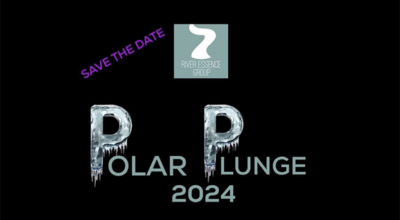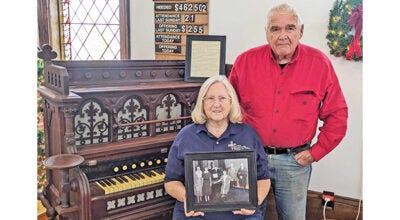City buys Gallery building
Published 9:28 pm Monday, June 25, 2012
Niles City Council voted 5-0 Monday night to purchase The Gallery, 127 E. Main St., for up to $25,000 prior to next month’s tax sale.
The address was foreclosed on for non-payment of property taxes by the Berrien County treasurer.
“The city has first preference,” City Administrator Ric Huff said. “The council took action as a pre-emptive move to preserve the building.”
Huff said city officials wanted insure the property was not acquired by someone who would leave it sitting empty.
Electric service
cost studied
Council, minus Patricia Gallagher, Dan VandenHeede and Robert Durm, heard from Dawn Lund, vice president of Utility Financial Solutions, who conducted a five-year study which determined the city’s financial position will be healthy in 2013 without rate hikes. However, the company projected that a 2.9 percent annual electric rate boost would be needed each of the other four years through 2017.
Lund expects $200,000 in operating income for 2013 and a $4.5 million cash balance.
“For 2013, Niles is relatively healthy in relation to those financial targets,” she said. “As costs increase, operating income becomes a loss and your projected cash balance continues to decline (to $2,260,502 the final year). Financial targets are slipping.”
Such studies often show industrial and commercial classes subsidizing the residential class, but in Niles’ case, “No one class is subsidizing any other. Cost of service results showed a 1 percent increase could be obtained for 2013 to hit targets, but it’s close enough I wouldn’t recommend it.”
In the residential class, the city charges $11.75 per month and 8.8 cents per kilowatt hour.
“The cost of service study shows you could bump up that customer charge to $12.57 and 8.8 cents, which is pretty average. You’re very close to charging what it costs to serve customers.”
Commercial and industrial customers are charged $13.10 based on actual use, when $18.33 could be warranted.
“In the future, if you have a rate increase,” Lund recommended, “you might want to bump up the demand component on commercial and industrials and charge 3.3 cents per kilowatt hour instead of 5.5. This is a rate design issue you’ll want to straighten out in the future.”





